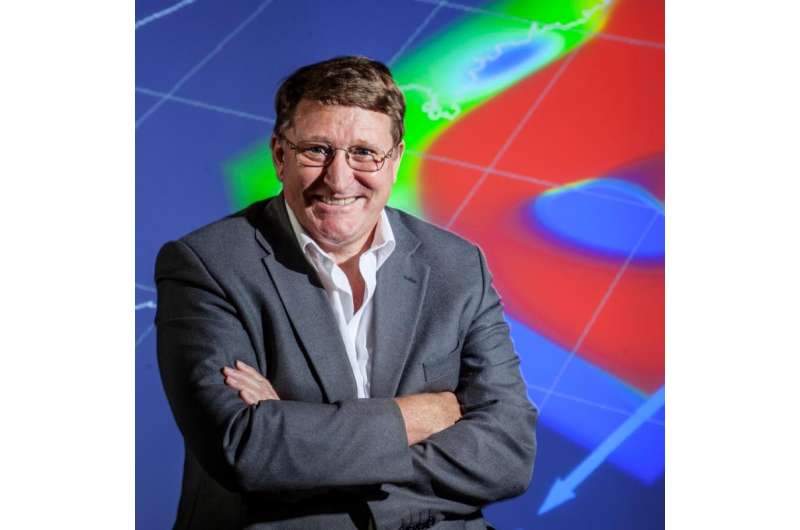New supercomputer software takes one giant step closer to simulating the human brain

Breakthrough computer software that will be used to power the world's fastest supercomputers of the future allowing us to model and simulate incredibly complex systems such as the human brain or global weather patterns is now being tested for use at the Science and Technology Facilities Council's (STFC) Daresbury Laboratory, at Sci-Tech Daresbury in Cheshire.
Part of a major £960k project funded by the Engineering and Physical Sciences Research Council (EPSRC), researchers from Queen's University Belfast and the University of Manchester are creating ground-breaking computer software that will increase the ability of supercomputers to process masses of data at higher speeds than ever before. This next generation of software is now being tested, evaluated and optimised for use by computational scientists.
Supercomputers are the key drivers of scientific advancement in every aspect of research. By simulating detailed models of natural phenomena such as ocean currents, the blood flow of a human body and global weather patterns using thousands of computer cores in parallel, scientists can use the information they produce to help address some of the big global challenges including sustainable energy, the rise in global temperatures, and worldwide epidemics.
The new software will be critical to the next generation of Exascale supercomputers, that could exist within the next 5 years, and will be capable of performing 1,000,000,000,000,000,000, or one billion, billion calculations per second. This is a thousand times more powerful than the Chinese Tianhe1A – the fastest supercomputer in operation today. But Exascale supercomputers will also rely on the development of equally as powerful, cutting edge software that will enable them to process masses of data at higher speeds than ever before. The new software will also contribute to increased energy efficiency, without which the supercomputers will be limited by the power they consume.
Dr Mike Ashworth, Head of Application Performance Engineering at STFC's Scientific Computing Department, said: "Our next generation of supercomputers will enable scientists to tackle challenges that seem impossible today, such as detailed simulation of the whole Earth system and of the human brain. As well as tackling big global challenges, they are becoming absolutely crucial to industry for breakthroughs in faster and cheaper development of new products and materials. I am very excited that STFC's world leading expertise in software development is playing a key role in enabling our collaborators to develop this next-generation software, which will be vital for tomorrow's exascale systems."
The project's Principal Investigator, Professor Dimitrios Nikolopoulos from the School of Electronics, Electrical Engineering and Computer Science at Queen's University Belfast, said: "Software that exploits the capability of Exascale systems means that complex computing simulations which would take thousands of years on a desktop computer will be completed in a matter of minutes. This research has the potential to give us insights into how to combat some of the biggest issues facing humanity at the moment."
Provided by Science and Technology Facilities Council



















